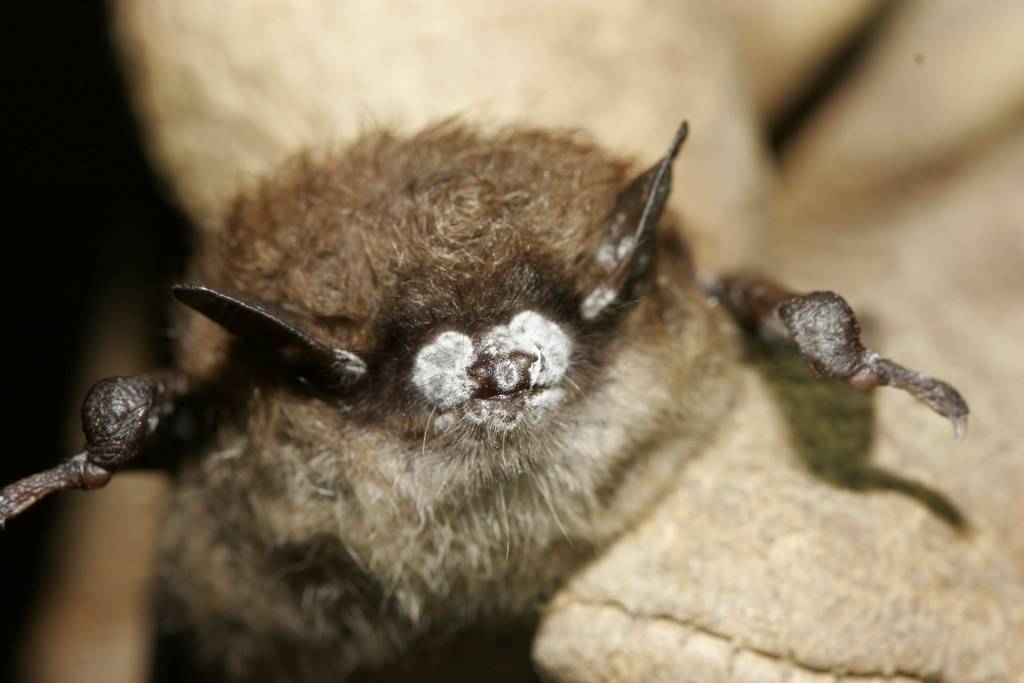Texas State researchers discuss white-nose syndrome in bats with Big Ideas TXST
Jayme Blaschke | October 6, 2020

Sarah Fritts, assistant professor in the Department of Biology, Ivan Castro-Arellano, associate professor in the Department of Biology, and Sara Weaver, senior ecologist with Bowman Consulting, discuss the threat white-nose syndrome poses for native bats in Texas in episode 9 of the Big Ideas TXST podcast.
The researchers talk about the damaging environmental and ecological consequences that could unfold if the disease continues to spread unchecked.
White-nose syndrome is a fungal disease responsible for die-offs in several bat species across North America. Losses greater than 90% have been documented in some hibernation roosts. The U.S. Fish and Wildlife Service estimates that more than 6 million bats have died from white-nose syndrome since it was first detected during the winter of 2006-2007. Since then, significant declines in the abundance of many bat species across the nation have been documented through summer bat surveys and hibernation counts. The fungus that causes white-nose syndrome, Pseudogymnoascus destructans (Pd), was detected in hibernating bats in Texas in early 2017.
Big Ideas TXST is a monthly podcast from Texas State’s Division of University Advancement that goes inside the fascinating minds forging innovation, research and creativity at the university. Hosted by Daniel Seed, a lecturer in the School of Journalism and Mass Communication, each episode features thoughtful interviews and discussion with the thought leaders developing innovative ideas to make the world a better place.
Big Ideas TXST can be found at news.txstate.edu/inside-txst/big-ideas-podcast. The podcast may also be listened to or subscribed to at:
Share this article
For more information, contact University Communications:Jayme Blaschke, 512-245-2555 Sandy Pantlik, 512-245-2922 |